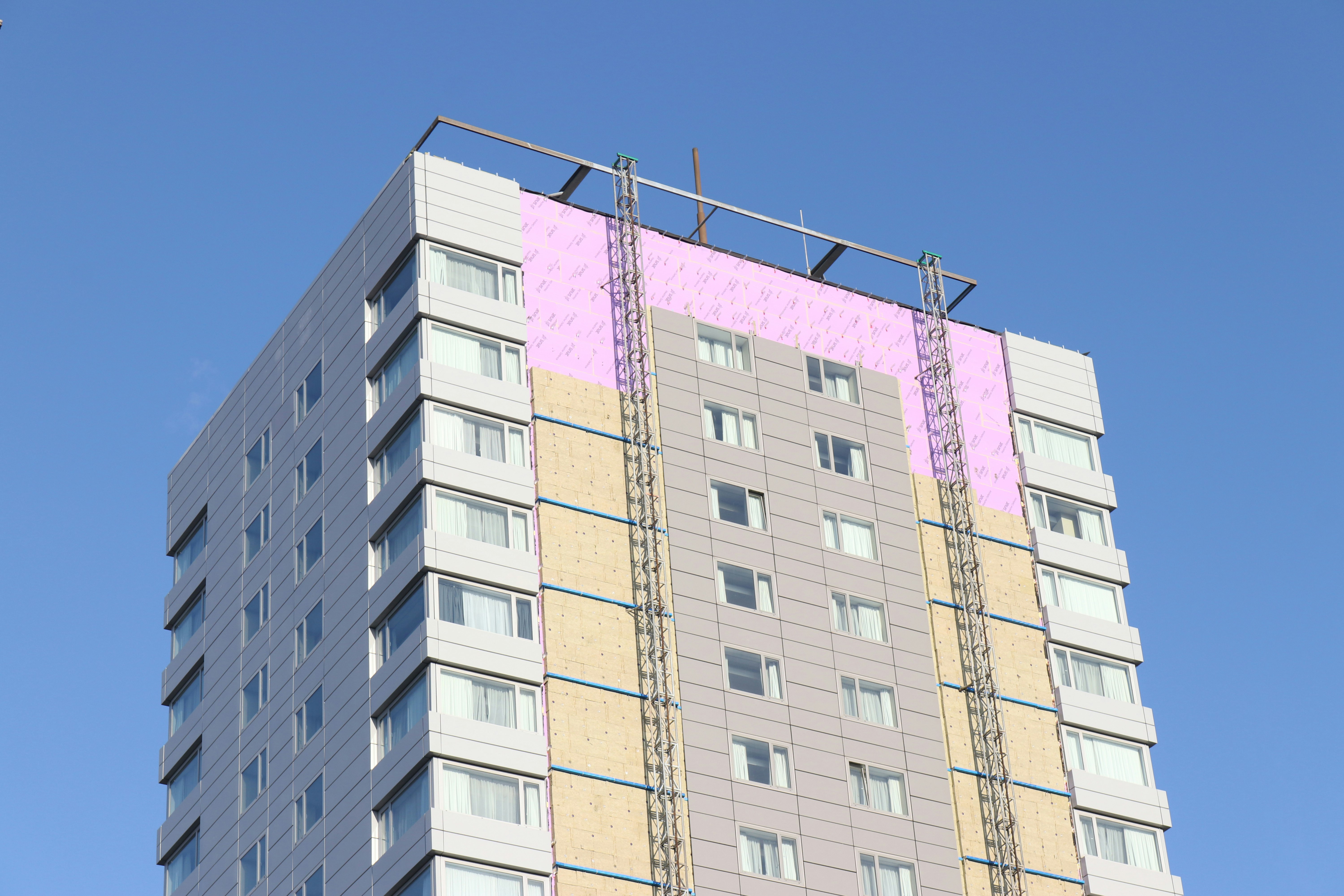From the time the housing market was booming in the mid-2000s to the economic recession that followed, skilled workers declined from 3.4 million to 2 million, respectively. And, although there has been a small rebound to 2.6 million jobs presently, Denk says steady growth in the market is outpacing available plumbers, electricians, carpenters and other tradesmen.
“All those other guys left and found other work,” he says. “All of this infrastructure dried up; the pipeline slowed to a trickle.” Denk says the same principle has held true for both land and materials: there simply isn’t enough to go around.
“There’s a real tug of war between supply and demand,” he says, adding that as the economy grows stronger, more people will be willing to open up their pocketbooks and buy a home. Workers could begin to start filling the skilled labor void, confident their positions will be viable long-term.
Denk said that in recent months 230,000 employees have been added to payrolls across the country. With new jobs comes more spending power, which could further yield a spike in home construction and purchases. In turn, new housing starts will create construction-related jobs, which he estimated at around three full-time equivalent positions per year per home. A news release from the U.S. Census Bureau and U.S. Department of Housing and Urban Development breaks down the housing trends.
“Privately-owned housing starts in March were at a seasonally adjusted annual rate of 1,089,000. This is 8.8% … below the revised February estimate of 1,194,000, but is 14.2% … above the March 2015 rate of 954,000. Single-family housing starts in March were at a rate of 764,000; this is 9.2% … below the revised February figure of 841,000. The March rate for units in buildings with five units or more was 312,000.
Denk says the month-to-month numbers don’t always tell the whole story, as February was particularly strong, diminishing March’s numbers by comparison. “No one should be afraid or disappointed in the numbers’ decline from February,” Denk says. “We are really seeing steady growth over five quarters; the last 15 months. Ignore the monthly volatility.”
He added that using an average of 1.3 million single-family housing starts per year, a number derived from the three-year sample prior to the 2004 spike in housing construction, housing starts could be as high as 77% of that number by 2017. In 2016, he said, starts are 58% of the 2000-2003 average, and that is expected to jump to 64% by the end of 2016 before hitting the percent next year.
“Single-family starts are off from their strong showing in February, but this slowdown represents a return to a long-run, gradual growth trend that is consistent with builder confidence levels, which are overall positive,” said NAHB Chief Economist Robert Dietz in a statement. “While we are also seeing a monthly decline on the multifamily front, multifamily construction is expected to level off at a solid rate given the high level of rental housing demand.”












